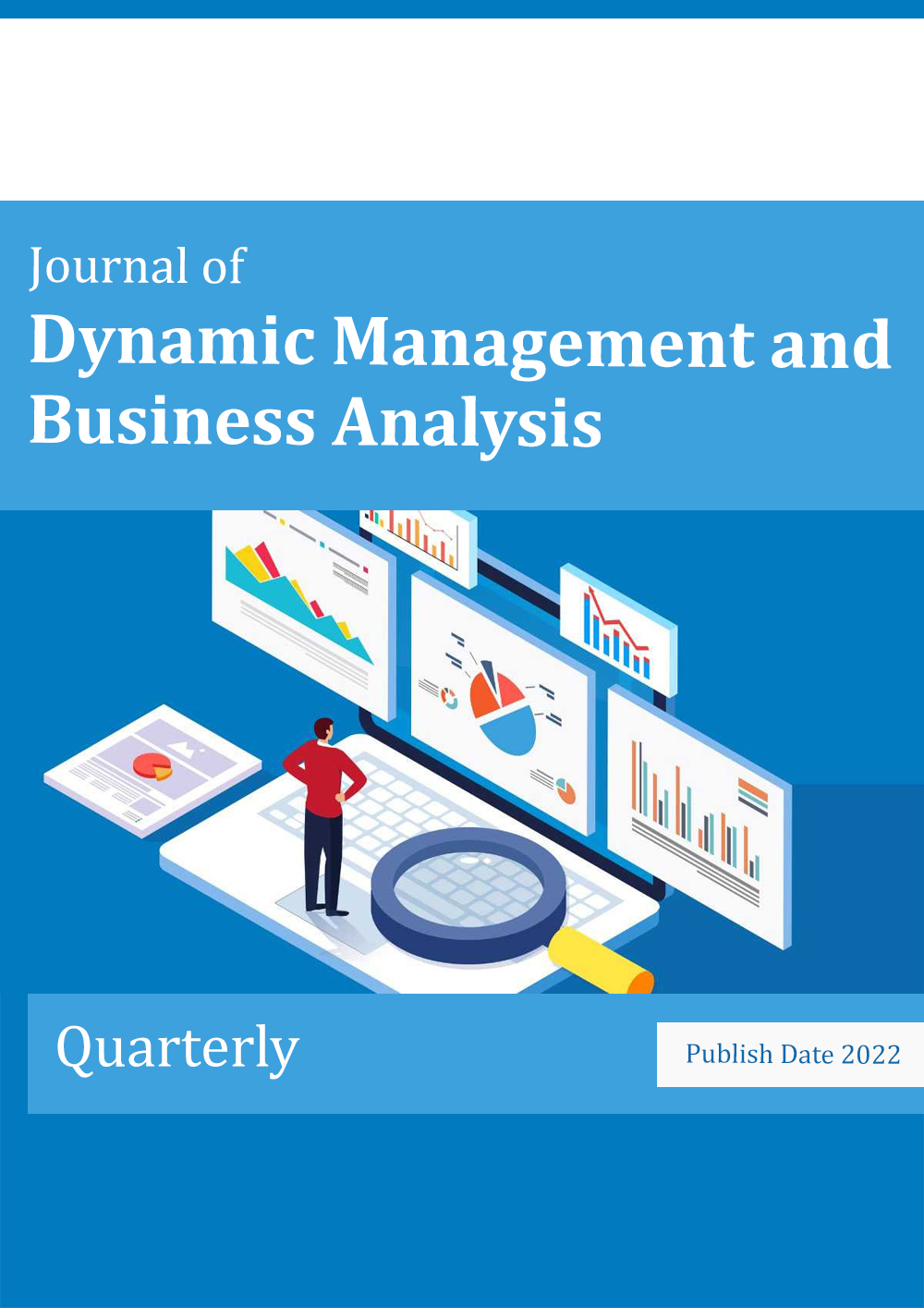Strategic Evaluation of Green Technological Innovations in the Steel Industry Using the SWOT and Delphi Approach (Case Study: Khuzestan Steel Company)
Keywords:
Strategic assessment, green technological innovations, steel industry, SWOT, DelphiAbstract
Objective: The study aimed to identify and strategically evaluate key factors influencing green technological innovations in the steel industry and to propose actionable strategies for environmental sustainability, focusing on Khuzestan Steel Company.
Methodology: This qualitative, applied, and inductive research involved 15 PhD-level managers and consultants selected through purposive and snowball sampling. Data were collected via questionnaires, focus group sessions, and document analysis. A three-round Delphi process was employed to identify 14 strengths, 12 weaknesses, 13 opportunities, and 12 threats, with instrument reliability confirmed by Cronbach’s alpha (0.747 and 0.822). Based on the SWOT matrix, four strategic categories (SO, ST, WO, WT) were formulated, and the DEMATEL method was applied to prioritize key implementation factors.
Findings: Results indicated that environmental management programs (R+J=33.45) and supportive green innovation regulations (R+J=32.48) had the highest influence. Access to international financial resources (R+J=31.87), managerial coordination (R+J=33.65), and waste management infrastructure (R+J=33.31) were also critical, while R&D investment ranked lower due to lesser impact.
Conclusion: The findings highlight that focusing on environmental management, policy support, and international financing can significantly enhance green innovation and environmental performance in steel companies. The integrated SWOT–Delphi–DEMATEL framework provides a systematic model for strategic decision-making in sustainable technology development.
Downloads
References
Chamran, M., Jahani, M., & Hatami, A. (2023). A framework for identifying the drivers of green innovation in the steel industry using the fuzzy Delphi method. 2nd International Conference on Management, Business, Economics, and Accounting,
Chen, H., Yi, J., Chen, A., Peng, D., & Yang, J. (2023). Green technology innovation and CO2 emission in China: Evidence from a spatial-temporal analysis and a nonlinear spatial durbin model. Energy Policy, 172. https://doi.org/10.1016/j.enpol.2022.113338
Cheng, Z., & Yu, X. (2023). Can central environmental protection inspection induce corporate green technology innovation? Journal of Cleaner Production. https://doi.org/10.1016/j.jclepro.2023.135902
Fathi, M. R., Nasrollahi, M., Behrouz, A., & Bargozideh, F. (2022). The application of quality management systems in green innovation with the moderating role of environmental regulations (Case study: SA Iran). Standard and Quality Management Scientific Quarterly, 12(3), 28–52. http://www.jstandardization.ir/article_165576.html
Gao, X., He, X., Sun, C., Wu, D., & Zhang, J. (2025). Innovation in shouldering green responsibility: ESG performance and green technology innovation. Energy Economics, 142. https://doi.org/10.1016/j.eneco.2025.108197
Ketabchi, H., Radfar, R., Tolouei Ashleghi, A., & Khamseh, A. (2023). A model for enhancing absorptive capacity of green technological innovations in the petrochemical industry. Karafan Scientific Quarterly, 20(1), 31–53. https://karafan.tvu.ac.ir/article_167065.html
Li, H., Su, Y., Ding, C. J., Tian, G. G., & Wu, Z. (2024). Unveiling the green innovation paradox: Exploring the impact of carbon emission reduction on corporate green technology innovation. Technological Forecasting and Social Change, 207. https://doi.org/10.1016/j.techfore.2024.123562
Li, X., Huang, Y., Li, J., Liu, X., He, J., & Dai, J. (2022). The mechanism of influencing green technology innovation behavior: evidence from Chinese construction enterprises. Buildings, 12(2). https://doi.org/10.3390/buildings12020237
Li, Y., Li, J., Sun, M., Guo, Y., Cheng, F., & Gao, C. (2024). Analysis of carbon neutrality technology path selection in the steel industry under policy incentives. Energy, 292. https://doi.org/10.1016/j.energy.2024.130550
Li, Z., Åhman, M., Algers, J., & Nilsson, L. J. (2025). Decarbonizing the Asian steel industries through green Hot Briquetted Iron trade. Resources, Conservation and Recycling, 219. https://doi.org/10.1016/j.resconrec.2025.108275
Mallett, A., & Pal, P. (2022). Green transformation in the iron and steel industry in India: Rethinking patterns of innovation. Energy Strategy Reviews, 44. https://doi.org/10.1016/j.esr.2022.100968
Nurdiawati, A., Tahir, F., Zaini, I. N., & Al-Ghamdi, S. G. (2025). Prospective environmental and economic assessment of green steel production in the Middle East. Resources, Conservation and Recycling, 219. https://doi.org/10.1016/j.resconrec.2025.108277
Ren, C., Wang, T., Wang, Y., Zhang, Y., & Wang, L. (2023). The Heterogeneous Effects of Formal and Informal Environmental Regulation on Green Technology Innovation—An Empirical Study of 284 Cities in China. International journal of environmental research and public health, 20(2). https://doi.org/10.3390/ijerph20021621
Safdari Ranjbar, M., & Nikzad, A. H. (2024). Structural and functional analysis of the green steel technological innovation system in Iran: Application of the graph theory approach. Governance Knowledge Scientific Quarterly, 2(5), 6–31. https://www.jokog.ir/article_215201.html
Shen, J., Zhang, Q., & Tian, S. (2025). Decarbonization pathways analysis and recommendations in the green steel supply chain of a typical steel end user—automotive industry. Applied Energy, 377. https://doi.org/10.1016/j.apenergy.2024.124711
Wang, W., & Yang, X. (2025). Driving green technology innovation: The impact of environmental policies on manufacturing. Journal of Innovation & Knowledge, 10(2). https://doi.org/10.1016/j.jik.2025.100684
Wang, X., Chu, B., Ding, H., & Chiu, A. S. (2023). Impacts of heterogeneous environmental regulation on green transformation of China's iron and steel industry: Evidence from dynamic panel threshold regression. Journal of Cleaner Production, 382. https://doi.org/10.1016/j.jclepro.2022.135214
Xi, B., & Jia, W. (2025). Research on the impact of carbon trading on enterprises' green technology innovation. Energy Policy, 197. https://doi.org/10.1016/j.enpol.2024.114436
Xu, B., & Lin, B. (2025). How does green credit effectively promote green technology innovation? International Review of Financial Analysis, 102. https://doi.org/10.1016/j.irfa.2025.104089
Zhang, L., Ma, X., Ock, Y. S., & Qing, L. (2022). Research on regional differences and influencing factors of Chinese industrial green technology innovation efficiency based on dagum gini coefficient decomposition. Land, 11(1). https://doi.org/10.3390/land11010122
Zhao, X., Shang, Y., Ma, X., Xia, P., & Shahzad, U. (2022). Does carbon trading lead to green technology innovation: recent evidence from Chinese companies in resource-based industries. Ieee Transactions on Engineering Management. https://www.researchgate.net/publication/362101438_Does_Carbon_Trading_Lead_to_Green_Technology_Innovation_Recent_Evidence_From_Chinese_Companies_in_Resource-Based_Industries
Zou, K., Hu, Y., & Wu, S. (2025). Can carbon emissions trading policies promote both the quantity and quality of urban green technological innovation? Evidence from China. Sustainability, 17(2). https://doi.org/10.3390/su17020778
Downloads
Published
Submitted
Revised
Accepted
Issue
Section
License
Copyright (c) 2025 Mehran Ghazanfari, Heirsh Soltanpanah, Adel Fatemi, Roya Shakeri (Author)

This work is licensed under a Creative Commons Attribution-NonCommercial 4.0 International License.






